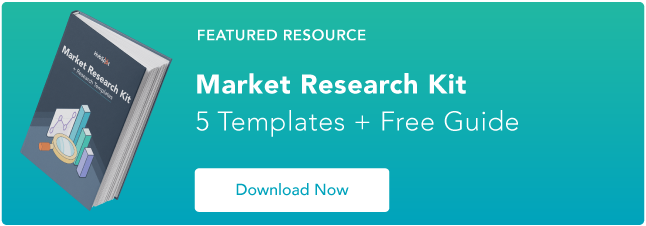This morning, when I scanned my Twitter feed, I did a few MTs and PRTs, asked a follower to TMB, and left SMH at some trolls I found, so I said BFN to Twitter.
Didn’t understand what I just said? Don’t worry — that used to be gobbledygook to me, too.
Twitter has become a social network with its own unique language — and rightfully so. After all, when you only have 280 characters to say what you mean, every word counts.
And don’t just take our word for it. For the best engagement results, Twitter recommends keeping tweets short and conversational, too.
This, my friends, is why marketers need to be well-versed in the language of Twitter.
When I found myself heading for Google every time I checked out my Twitter feed, I knew it was time to start writing some definitions down so I could learn the language myself, so that’s exactly what I did. And what kind of inbound marketer would I be if I didn’t share this great content with you too?
Here are some of the most popular Twitter slang terms you should know. As you find a few to sprinkle into your next batch of scheduled Tweets for your Twitter marketing campaign, try to avoid the temptation to use them all at once — a little goes a long way.
@mention
When you want to “tag” someone in a tweet or direct message on Twitter, you can do so by mentioning them using their Twitter username. Add this mention in and they’ll get a notification that you’ve done so in the “Mentions” section of their account. Essentially, this is used to have conversations with people on Twitter.
#
While known as the pound key on your phone, on Twitter, this symbol is a hashtag, and it’s used in front of other words in a tweet to provide context or to make it easy for users to search for specific topics on Twitter. But be careful not to over-hashtag your tweets — one or two is probably enough.
Bots
Forbes defines bots as “a social networking account powered by artificial intelligence.” Bots are different from trolls because they aren’t people — they’re scripts written by people, waiting to pounce. But every once in a while, you’ll stumble across bots that are created to do some pretty cool stuff.
DM
A “DM,” or “direct message,” is a private message between two Twitter users. It’s different from a public @mention because, in order to send a DM, the recipient must follow you.
Feed
Your Twitter “feed” (HubSpot customers know it as their “Timeline”) is any list of tweets that constantly updates when new tweets that fit the specified criteria pop up. Your home feed updates every time someone you follow tweets.
FF or #FF
#FollowFriday started as a way to recommend other Twitter users to your followers. It happens on Fridays, and you can search Twitter for the hashtag on Fridays to watch the kudos pour in.
Follower
A “follower” is someone who follows you on Twitter and sees your updates on their home feed. Just because someone follows you doesn’t mean you have to follow them back, the way some other social networks work. But if you want to find some insightful marketers to follow, here’s a helpful list to get you going.
Period before @mention
This is the one mistake almost everyone makes on Twitter. If you tweet @username without a period, only your mutual followers (in other words, people who follow both you and @username) and the person your tweeting to
will see it in their streams. Add a period before @username, though, and all of your followers will see your tweet in their streams.
PRT
A “partial retweet” is similar to a modified tweet, but it lets the reader know you’ve taken out some of the original ideas of the tweet, either to save space or to add your own two cents.
Reply
When you reply on Twitter, you’re responding to a particular tweet someone has tagged you in with a @mention. Unless it’s a direct message (DM), a reply can be seen by anyone and everyone, regardless of whether they follow you or not.
RT
A retweet is the basic form of currency on Twitter. When you see “RT” in front of a tweet, it means the person found the content valuable enough to share with their followers. If the original tweet is yours, way to go!
Trolls
Beware! Trolls are people on Twitter who abuse the service by spamming users with off-topic tweets and other erratic behavior. Trolling is a form of internet harassment, so if you think someone is trolling you on Twitter, you can learn how to take action here.
Tweeps
Tweeps are Twitter folks that follow each other from one social network to another. It’s not uncommon for the people you’re friends with on Facebook to also follow you on Twitter — they would be your Tweep. It’s a Twitter-ized version of “peeps.”
Tweet
Arguably the most common Twitter term. Every update you post to your followers on Twitter is called a tweet. Every tweet has a 140-character limit, and remember: Your tweets are public and searchable by anyone on Twitter, even if they don’t follow you. Heck, even CEOs may be listening to your tweets.
Trends or Trending Topic
Any person, place, thing, or idea that a lot of people are tweeting about at once is considered a trend. You can find trends on the left side of your Twitter homepage, and you can even tailor what trends you see based on your location and who you follow.
Tip: Are you a local business? Connecting with users who are in your same geographic location is a great way to get more business value out of Twitter.
Tweeple, Twerson, and Twitterverse
Literally, the people (or person, in the singular) that make up the vast Twitterverse (universe!) of Twitter users.
Unfollow
Just like someone can unfriend you on Facebook, people can choose to unfollow you on Twitter so your tweets stop showing up in their feed. Be careful about aggressively following or unfollowing users, though — it’s a great way to get yourself banned from Twitter.
Via
This term is sometimes used in place of “RT” as a way to let people know where your content is from and to give credit to the original content creator.
Twitter terms are helpful for anyone who’s new to the platform or building a profile for their business. Twitter slang, however, is helpful to be aware of so that you can connect with your audience better. By knowing some common slang terms used in tweets, you can join the conversation with your followers without sounding out of place.
atm
Giving status updates is a common reason for many of the tweets we see on our timelines. As a result, you may have seen the acronym “atm” used in the context of something other than money. This stands for “at the moment” and shouldn’t be confused with an automated teller machine.
atp
Some Twitter users enjoy telling stories on their timelines and a transitional phrase used in those narratives is “at this point”. Of course, with just a limited number of characters per Tweet, users abbreviate words anywhere they can, so “atp” might take the place of that phrase.
BFN
If you’re having a Twitter conversation, one polite way to sign off is to say this, which stands for “bye for now.” It lets the other person know you’re signing off and that any further tweets may go unanswered for a period of time.
BR
Just like in email, there’s something to be said for social media etiquette, and “best regards” is another nice, commonly used sign-off when leaving a conversation on Twitter.
Canceled
Cancel culture has been around for nearly half a decade and it’s very popular on Twitter. It’s usually reserved for high-profile members of society like celebrities, politicians, and influencers. If these individuals behave in a way that disturbs expectations (whether reasonable or unreasonable) they can be canceled by “cancel culture twitter.” There are varying opinions about cancel culture.
Crank Tweet
Remember when you used to make prank phone calls? (C’mon, don’t be shy — everyone’s done so at one point or another.) Well, crank tweets are the new prank calls, except in written form. They’re misleading tweets, tweeted on purpose.
EM
This one’s simple enough: It’s short for “email me.”
FTW
When someone comes in to save the day on Twitter, they might get praised with tweets that mention them directly followed by “FTW!” This stands for “for the win” and is derived from sports games where the commentator announces the name of a player who scored the game-winning point.
Fub free
Fub free means “follow, unfollow, block” free. Some Twitter users add this phrase in their Twitter bio to let followers know that they won’t be upset or retaliate if a follower unfollows or blocks their account. This is commonly used for Twitter accounts that tend to post spoilers to movies or temporarily post content their followers may otherwise not want to see. These followers might block or unfollow the account for a period of time and return later when the undesirable content has ceased.
HAND
You should smile if you see this tweeted at you. Why? Because someone on Twitter is telling you to “have a nice day!”
HT
A “hat tip” is usually followed by someone’s Twitter username. Using HT means you aren’t quoting or retweeting them directly, but instead acknowledging that the user gave you the idea for the content you’re tweeting.
ICYMI
This acronym for “in case you missed it” can be used when someone is tweeting about big news or a trending topic a few days after the fact, or they’ve already tweeted about it. Searching “ICYMI” on Twitter is a great way to catch up on what you’ve missed if you’ve been off the Twitter radar for a few days.
IDK
When 280 characters is your limit, shortening words is a must. Thus, typing “I don’t know” is sometimes too long to include in a tweet, believe it or not.
IFYKYK
“If you know, you know” is a term used by people who want to maintain some exclusivity to their Tweet. An underground artist, a hole-in-the-wall restaurant, or even another acronym may all be adorned with a tweet that reads “IFYKYK”. And if you didn’t know, well now you know.
IJS
“I’m just saying” might seem redundant, but the acronym gives some tone and context to a tweet. Perhaps the user wants to introduce a difference of opinion to the conversation, or maybe they don’t want to be held responsible for the consequences of what they just said. Regardless, you might see “ijs” pop up on your timeline every once in a while from an opinionated Twitter user.
IMO or IMHO
You’ll usually see “in my opinion” or “in my humble opinion” when someone wants to agree or disagree with a piece of content they’re sharing. That way, the reader knows it’s opinion, not fact.
MT
This means “modified tweet,” which is a retweet that you had to clip to save space. However, it should still hold the meaning of the original tweet.
NTS
“Note to self” is a good way to mark tweets that you want to go back to later. It’s also used when someone is trying to be sarcastic or funny. For instance, I might tweet: “NTS: Pizza is way better cold — especially when it’s for breakfast.” (Which we all know is true, of course.)
OOMF
If you don’t want to mention one of your followers directly, but you want to say something about them, you might use the acronym OOMF which means “One of my followers.” This term can be used in a neutral way or in a passive-aggressive tone if you’re subtweeting your follower.
SMH
“Shaking my head” usually accompanies a tweet when someone can’t believe or doesn’t understand the content they’re sharing. It’s a total mimic of real-life body language.
Stan
If you’re familiar with fans of celebrities, you’ll catch on quickly to Twitter stans. These are overzealous and slightly obsessed fans of celebrities or influencers. The term is a combination of “stalker” and “fan.” There are mixed opinions about whether stan culture is healthy for the stan or the celebrity.
Subtweet
Occasionally, people Tweet about other Twitter users without mentioning them using the @ symbol. This can be done passive-aggressively or even in a flirtatious manner. There are two types of subtweets: overt and covert. An overt subtweet may still mention the person by name but without mentioning their Twitter with the @ symbol so that it is tied directly to them. A covert subtweet won’t mention names at all, but will instead give subtle hints about who the subject of the tweet might be.
TBH or TBQH
This is shorthand for “to be honest.” You may see a “Q” pop in there, for “to be quite honest.” (Fancy, we know.)
TFTF
You always want to say thank you, so “thanks for the follow” is a nice way to recognize that someone has decided to add you to their Twitter feed.
TMB
If you see “tweet me back” when someone mentions you on Twitter, they want you to literally tweet them back with an answer to or your opinion of their tweet.
Twitterati
The “Twitterati” is a group of A-list Twitter users that have a big number of followers and are famous in Twitter circles (and sometimes outside too).
Should your business use Twitter slang?
Twitter slang isn’t a good fit for every tweet, but just about every business can benefit from shortening a word or phrase to meet the character limit. Before you rule out Twitter terms and slang altogether, take a look at this list to see how you can make your statement short and sweet. After all, people want to hear from people, not brands, so speak like your followers do and start a genuine conversation on Twitter ASAP.
Editor’s note: This post was originally published in October 2013 and has been updated for comprehensiveness.
![]()

![Download Now: How to Use Twitter for Business [Free Kit]](https://i4lead.com/wp-content/uploads/2021/05/190da11f-58c6-41d5-a397-843618741e09.png)
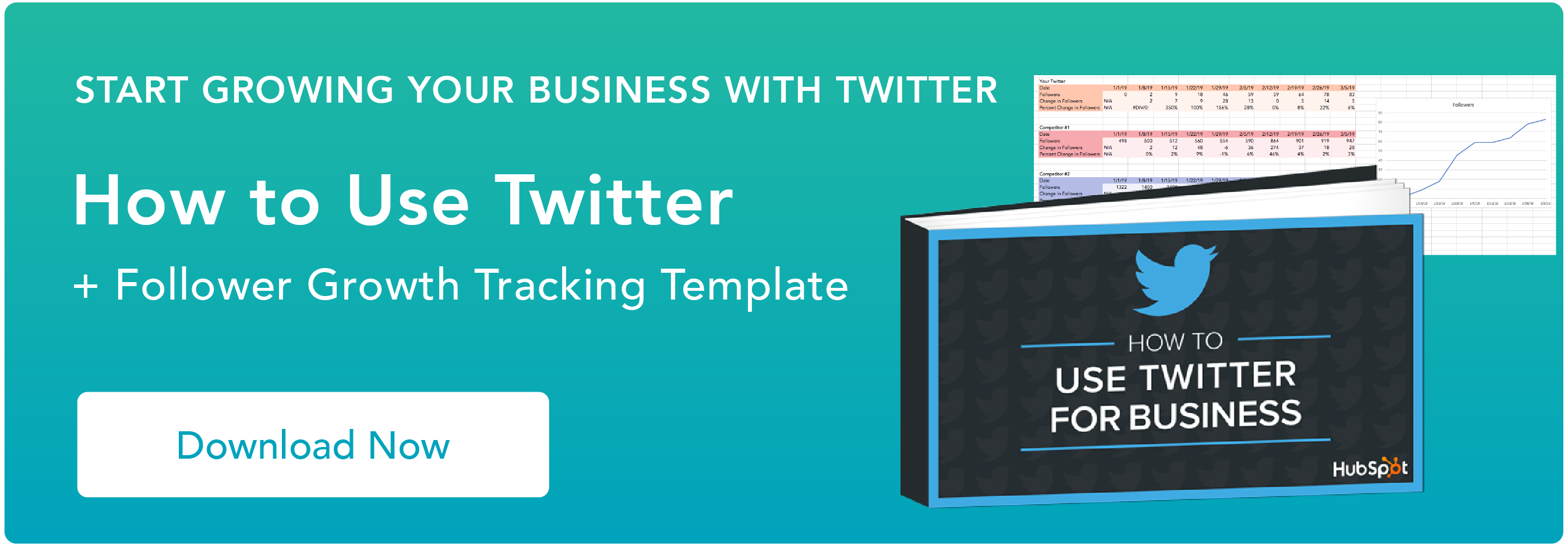

![Blog - Website Redesign Workbook Guide [List-Based]](https://i4lead.com/wp-content/uploads/2021/05/4b5bb572-5d0e-45b8-8115-f79e2adc966b.png)



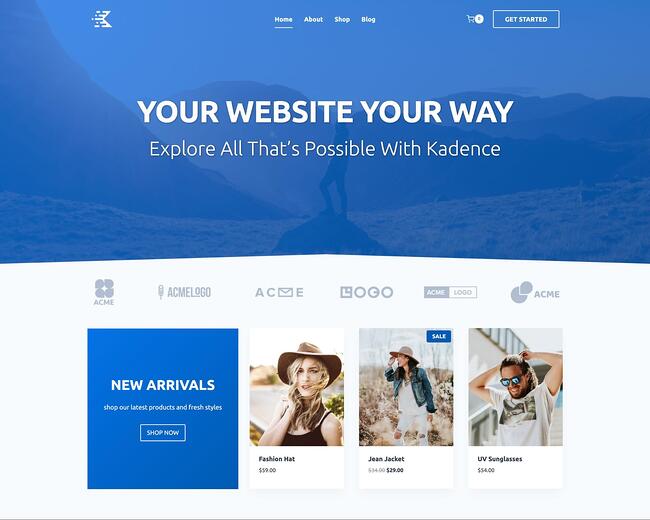
-Jun-24-2020-09-46-30-50-PM.png?width=1500&name=The 24 Best Free WordPress Themes for Bloggers in 2020 (Update)-Jun-24-2020-09-46-30-50-PM.png)
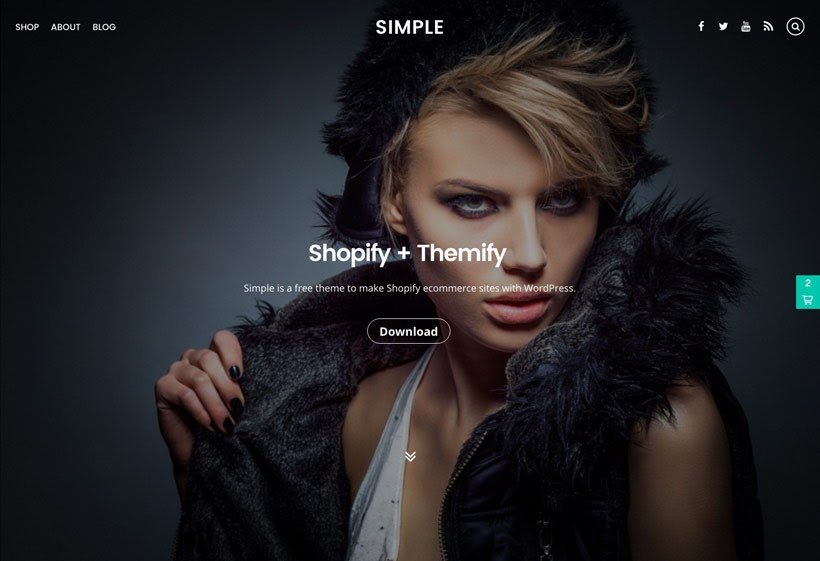

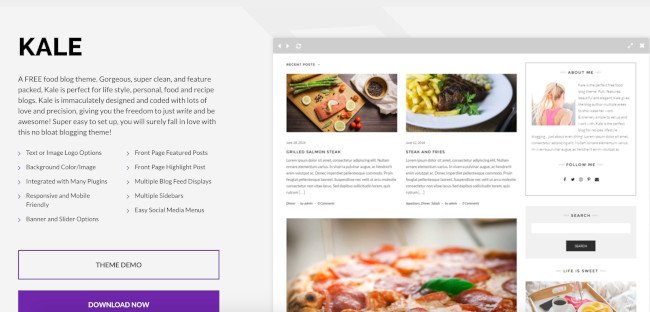

-Jun-24-2020-09-46-31-04-PM.jpeg?width=1500&name=The 24 Best Free WordPress Themes for Bloggers in 2020 (Update)-Jun-24-2020-09-46-31-04-PM.jpeg)
-Jun-24-2020-09-46-28-79-PM.jpeg?width=1500&name=The 24 Best Free WordPress Themes for Bloggers in 2020 (Update)-Jun-24-2020-09-46-28-79-PM.jpeg)
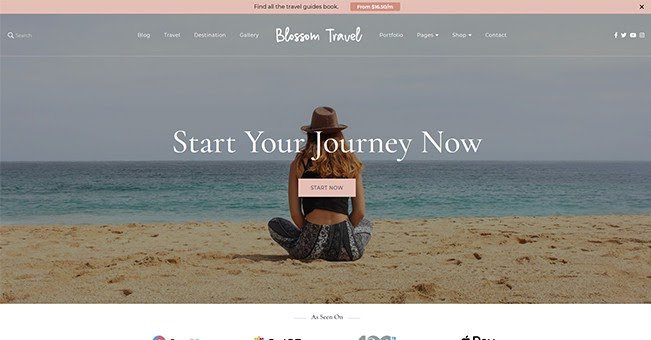
-Jun-24-2020-09-46-30-69-PM.jpeg?width=1500&name=The 24 Best Free WordPress Themes for Bloggers in 2020 (Update)-Jun-24-2020-09-46-30-69-PM.jpeg)
-Jun-24-2020-09-46-30-11-PM.jpeg?width=1500&name=The 24 Best Free WordPress Themes for Bloggers in 2020 (Update)-Jun-24-2020-09-46-30-11-PM.jpeg)
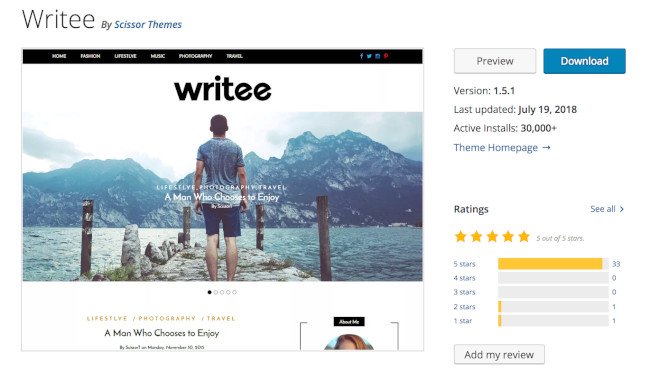
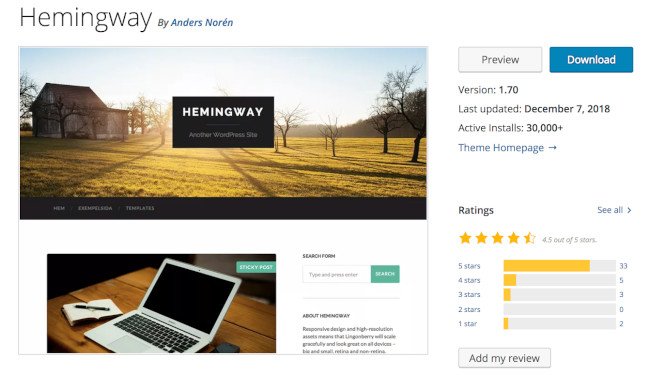
-Jun-24-2020-09-46-29-93-PM.jpeg?width=1500&name=The 24 Best Free WordPress Themes for Bloggers in 2020 (Update)-Jun-24-2020-09-46-29-93-PM.jpeg)
-Jun-24-2020-09-46-28-61-PM.jpeg?width=1500&name=The 24 Best Free WordPress Themes for Bloggers in 2020 (Update)-Jun-24-2020-09-46-28-61-PM.jpeg)
-Jun-24-2020-09-46-30-86-PM.jpeg?width=1500&name=The 24 Best Free WordPress Themes for Bloggers in 2020 (Update)-Jun-24-2020-09-46-30-86-PM.jpeg)
-Jun-24-2020-09-46-30-94-PM.jpeg?width=1500&name=The 24 Best Free WordPress Themes for Bloggers in 2020 (Update)-Jun-24-2020-09-46-30-94-PM.jpeg)
-Jun-24-2020-09-46-30-20-PM.jpeg?width=1500&name=The 24 Best Free WordPress Themes for Bloggers in 2020 (Update)-Jun-24-2020-09-46-30-20-PM.jpeg)
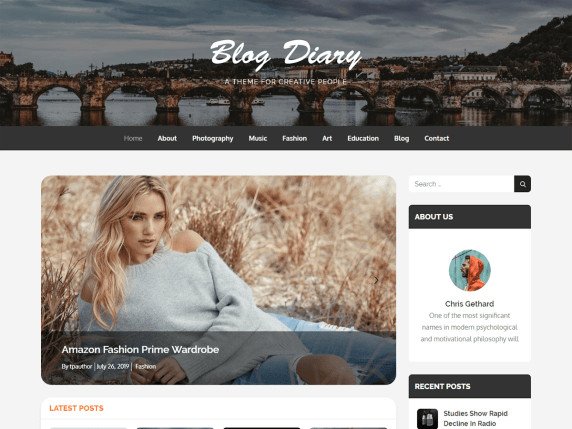
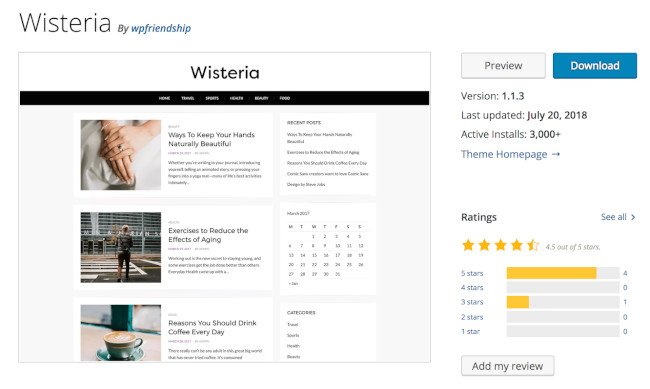
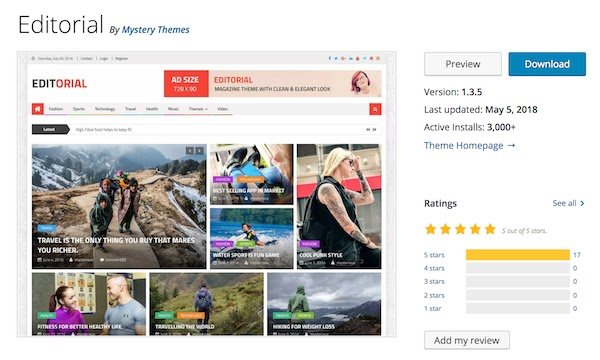
-Jun-24-2020-09-46-29-77-PM.jpeg?width=1500&name=The 24 Best Free WordPress Themes for Bloggers in 2020 (Update)-Jun-24-2020-09-46-29-77-PM.jpeg)
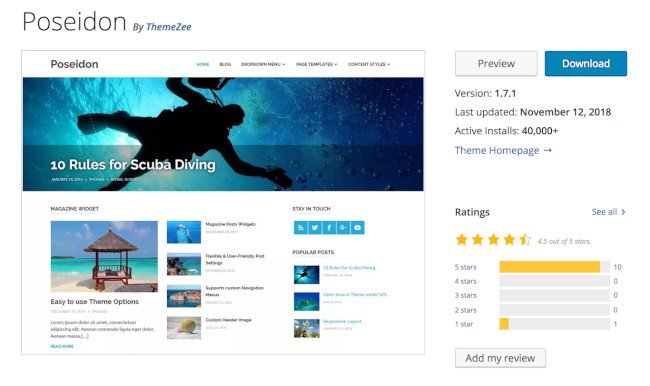
-Jun-24-2020-09-46-29-61-PM.jpeg?width=1500&name=The 24 Best Free WordPress Themes for Bloggers in 2020 (Update)-Jun-24-2020-09-46-29-61-PM.jpeg)
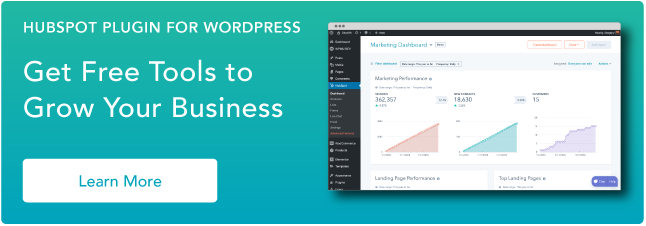
![→ Free Download: Free Marketing Reporting Templates [Access Now]](https://i4lead.com/wp-content/uploads/2021/05/0d883e85-c2e5-49bb-bef2-bfddb500d84b.png)
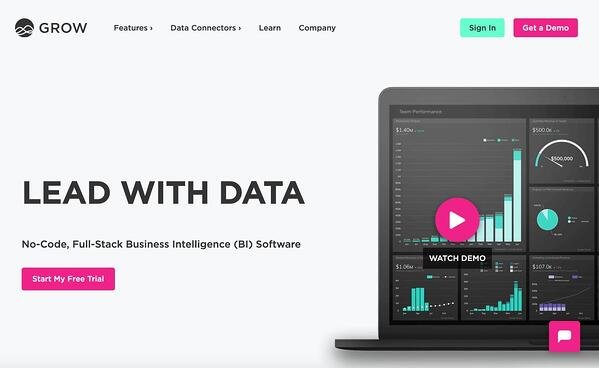
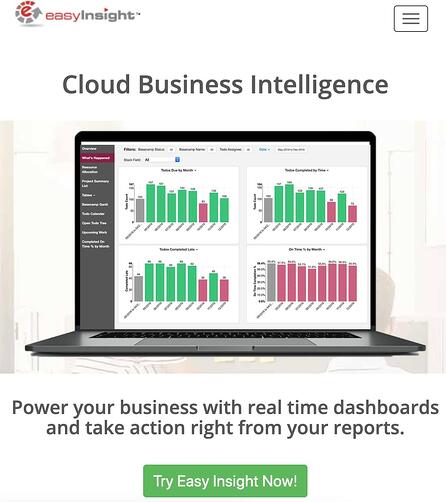
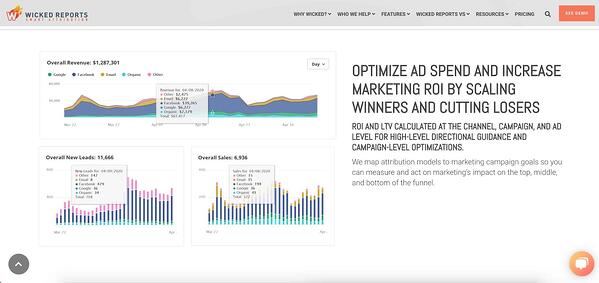
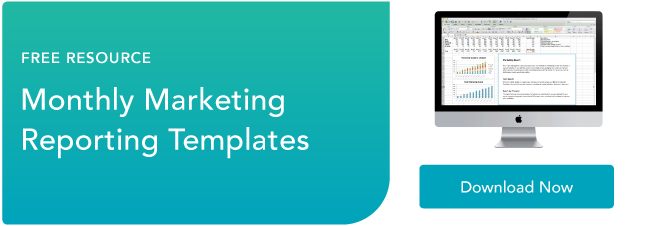
![Download 9 Excel Templates for Marketers [Free Kit]](https://i4lead.com/wp-content/uploads/2021/05/9ff7a4fe-5293-496c-acca-566bc6e73f42.png)
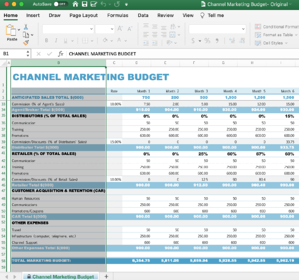





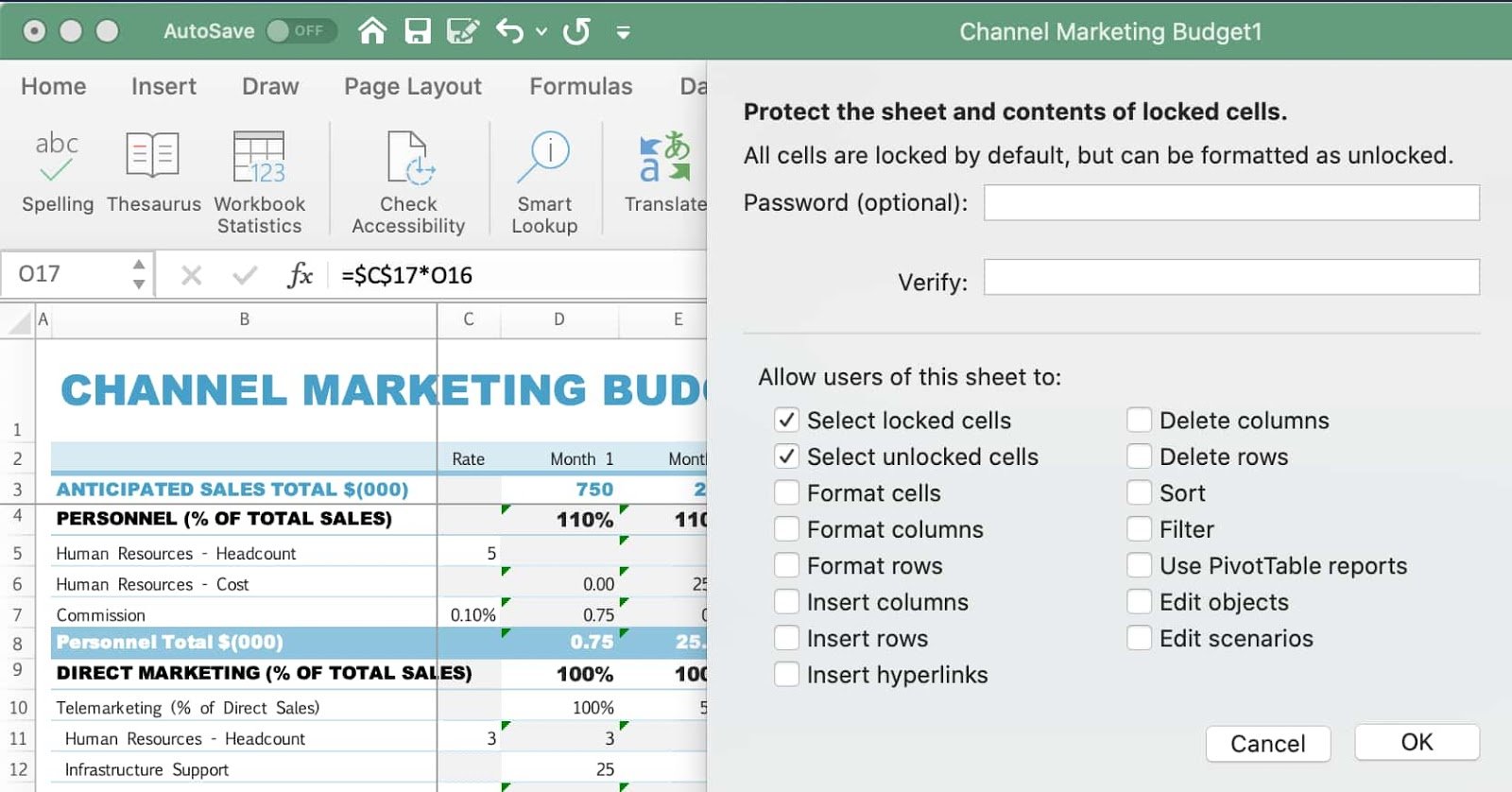
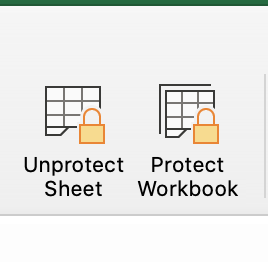

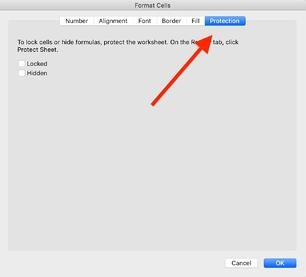
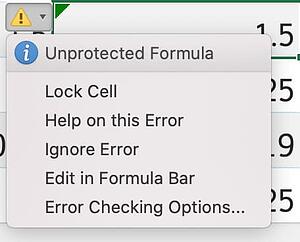

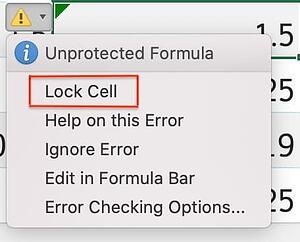



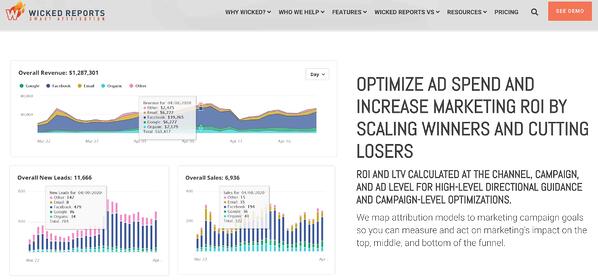
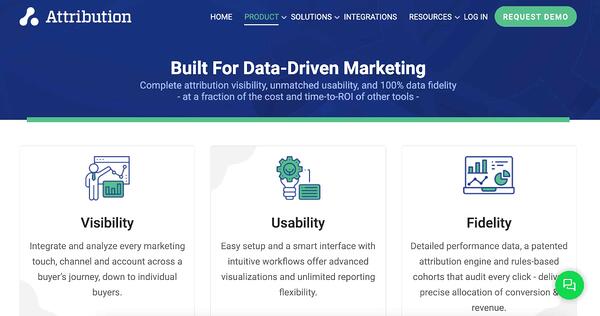
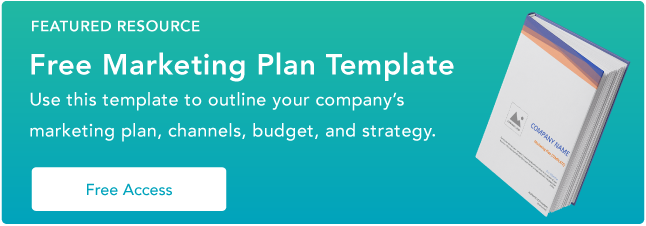

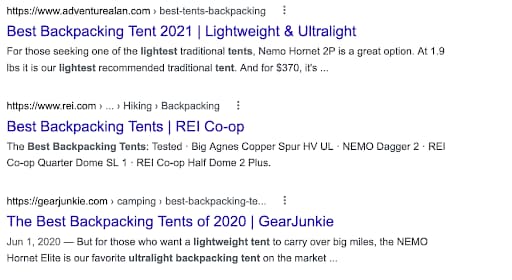
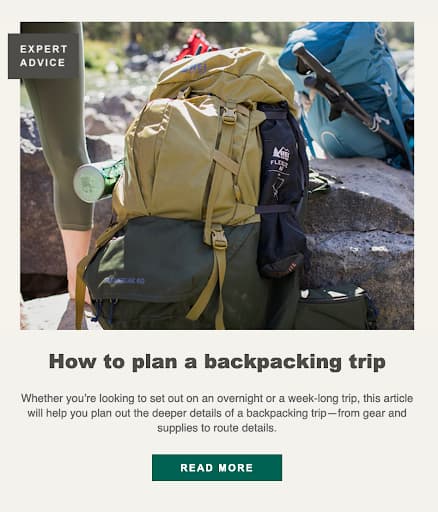
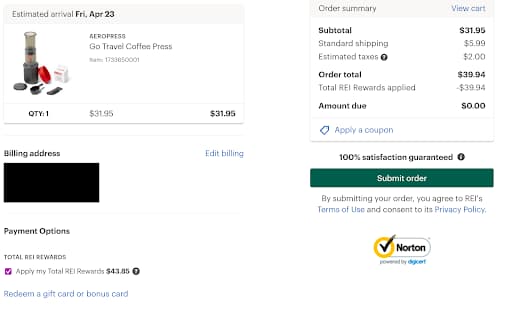
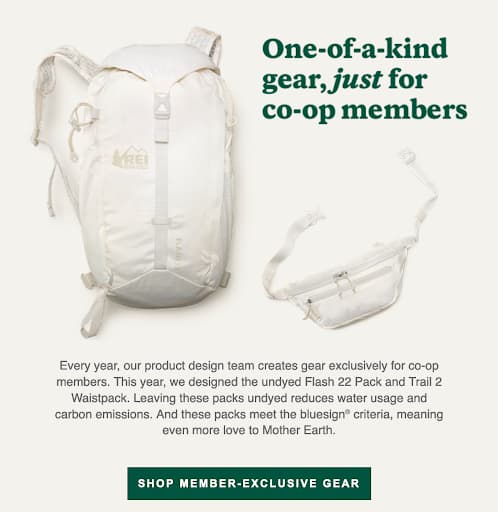
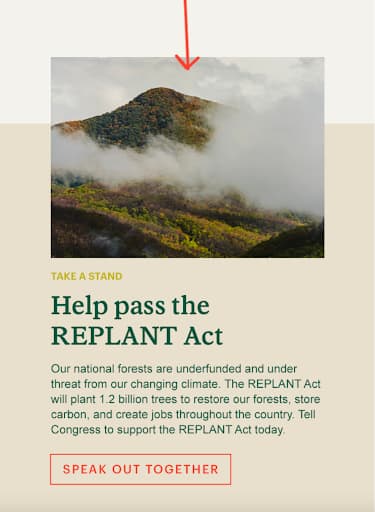
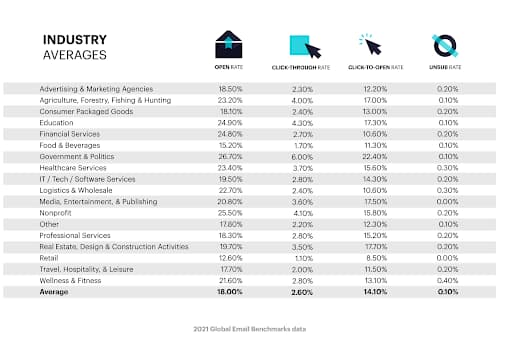
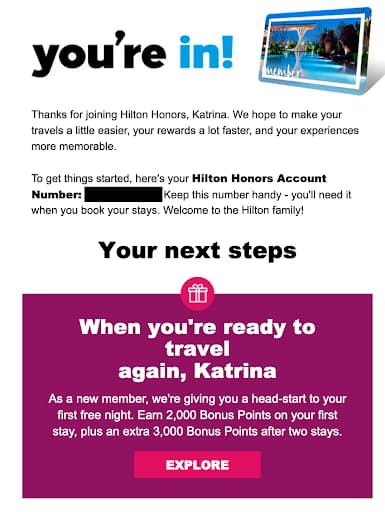
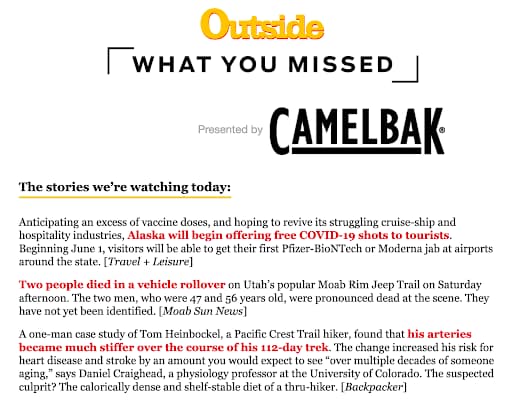
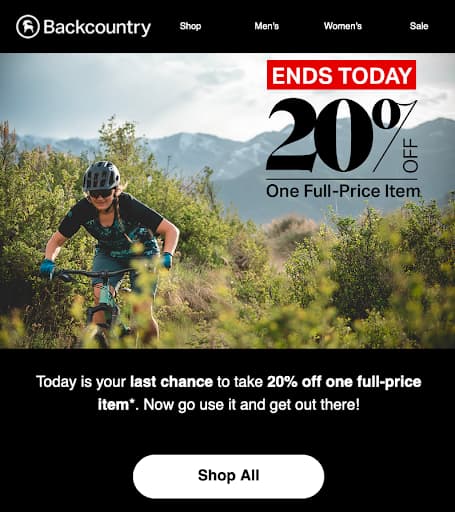
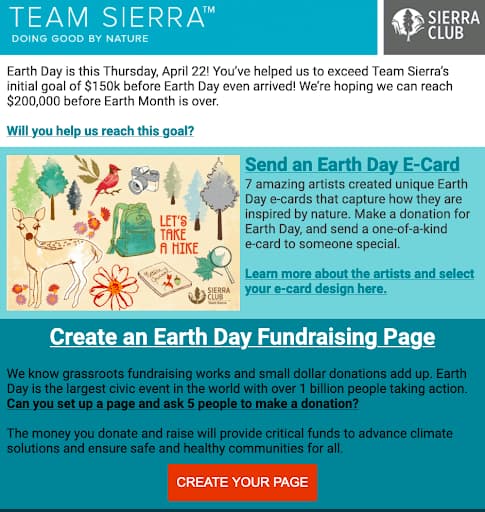
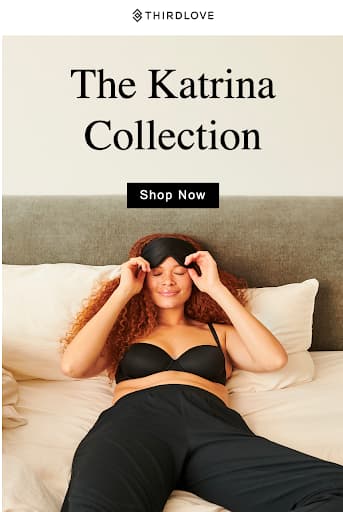
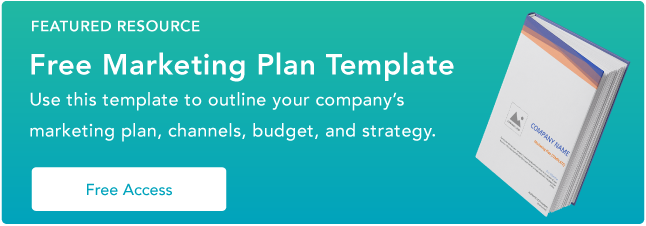


![→ Download Now: Market Research Templates [Free Kit]](https://i4lead.com/wp-content/uploads/2021/05/6ba52ce7-bb69-4b63-965b-4ea21ba905da.png)
